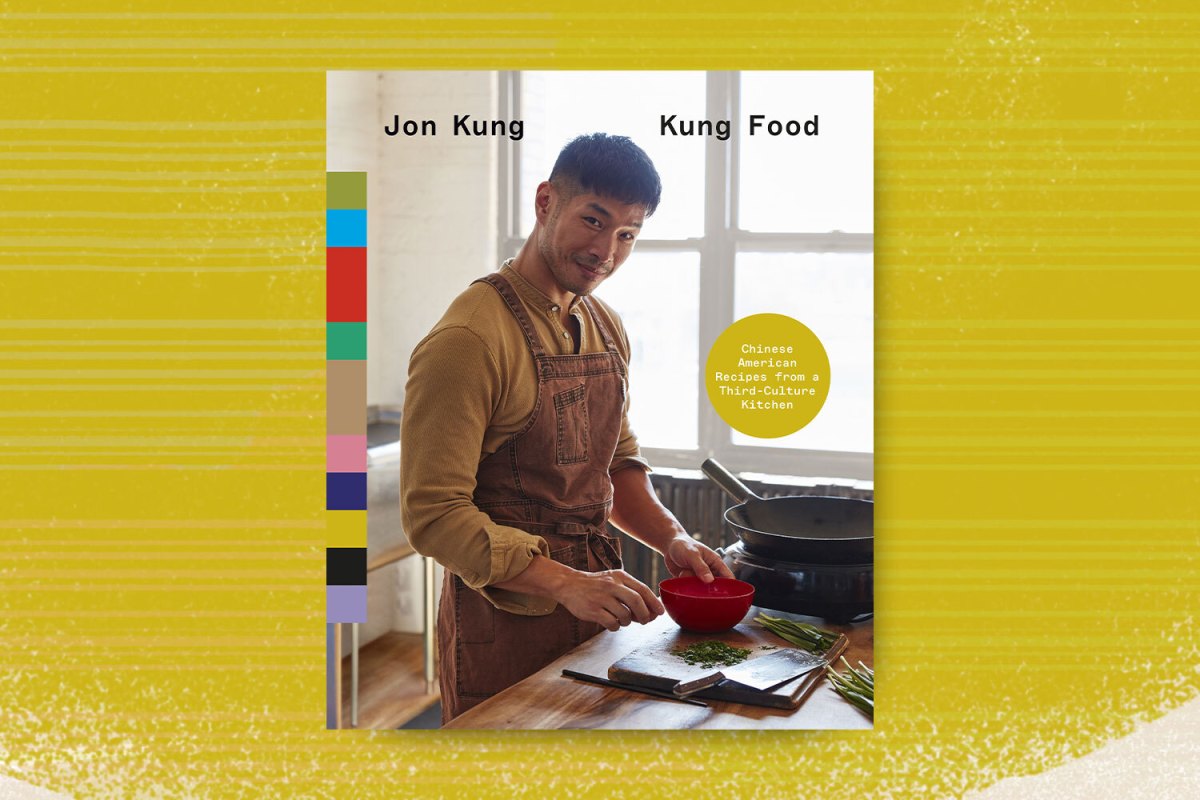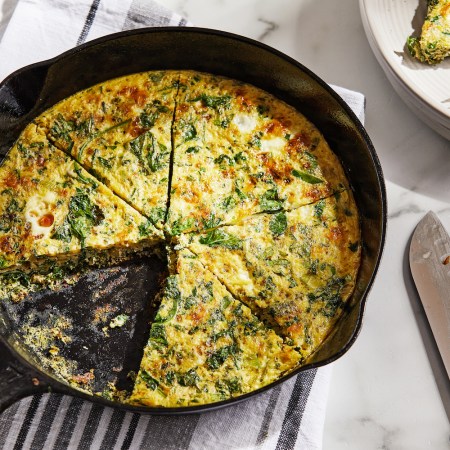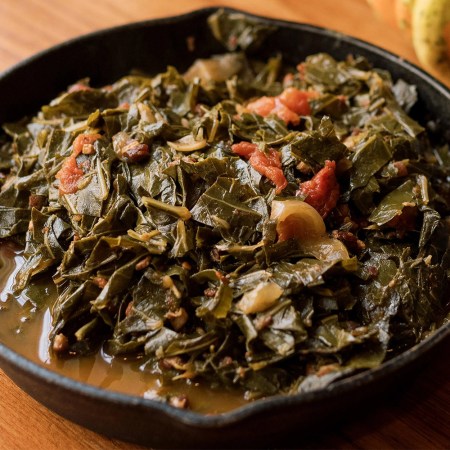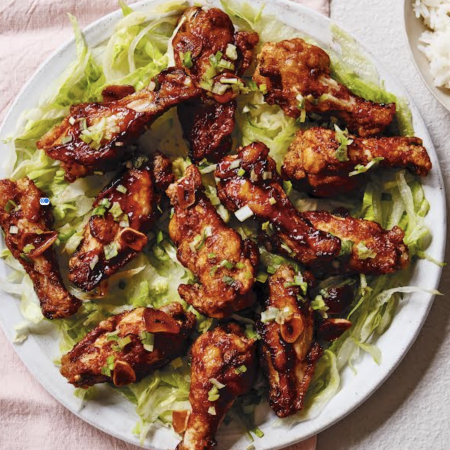Home to local favorites including pineapple buns, pork chop rice and milk tea, the cafes — or cha chaan tengs (“tea restaurant” in Cantonese) —found throughout Hong Kong offer plenty of dishes that blend the multitude of culinary influences present in the densely populated city. Usually available as a soup option on a cha chaan teng’s lunch-set menu, borscht is one of them. Why is a soup with roots in Eastern Europe, Ukraine and Russia widely available in an Asian city like Hong Kong? It’s a bit complicated.
According to a 2020 Medium piece and other sources, when Russians who supported the Tsar began to flee at the start of the Bolshevik Revolution in 1917, some of them moved to the city of Harbin in northern China; Russian engineers who were working on the eastern leg of the Trans-Siberian Railroad had already settled there. After spending time in Harbin, some of those Russians moved to the foreigner-friendly port city of Shanghai. When China later recognized the Soviet Union, the Russians made the British colony of Hong Kong their new home. Called Lo Sung soup (Russian soup in Cantonese), borscht traveled along with the fleeing Russians. Luckily for those who never developed a taste for beets, the red roots weren’t available in China to make the trip.
The 6 Best Hotels in Hong Kong, From Historic Stays to Zen Hideaways
There’s a perfect stay for every type of travelerUsed in traditional borscht recipes, sour cream was also removed because of its scarcity, according to Detroit-based chef Jon Kung, the author of Kung Food: Chinese American Recipes from a Third-Culture Kitchen. Born in Los Angeles and raised in Hong Kong and Toronto, Kung ate borscht that featured tomato, cabbage and oxtail instead of beets and sour cream when he would get home from school.
“Thick pureed beet soup with sour cream somehow translated to a brothy tomato and cabbage stew with oxtails,” he says. “I think what they were chasing was the sourness and the redness. They did what they could with the options they had. Because of global politics and the migration of people, it’s something that really only could have happened there. It took some time to develop and make its way over there, but borscht is a quintessential Hong Kong dish that predates me by quite a long time.”
It’s also an example of third-culture cooking, which is “informed cross-cultural cooking where the motivation for making the food isn’t using some novel ingredient, but instead coming from a place of making food of multiple cultures for the sake of being appreciated by the people in those cultures themselves,” according to Kung.
The version of Hong Kong borscht in Kung’s book isn’t quite the same as the one he grew up eating, but it’s still quite familiar. “It’s beefy. It’s tangy. It’s very, very comforting,” he says. “I don’t remember it as being anything that was all that pretty because it’s just a mishmash of stuff in an orangey broth, but it was always really delicious.”
It’s also much easier to make if you have a pressure cooker like an Instant Pot or Ninja Foodi. “It’s a soup you cook for quite a long time because oxtails take forever to cook down,” Kung says. “I know after the pandemic a lot of people have been trying to get rid of their pressure cookers, but I think they really shine when it comes to stews. You can put all the things into a pot, close the lid, set the timer and get on with your life. Personally, I think this recipe happens to automate beautifully.”
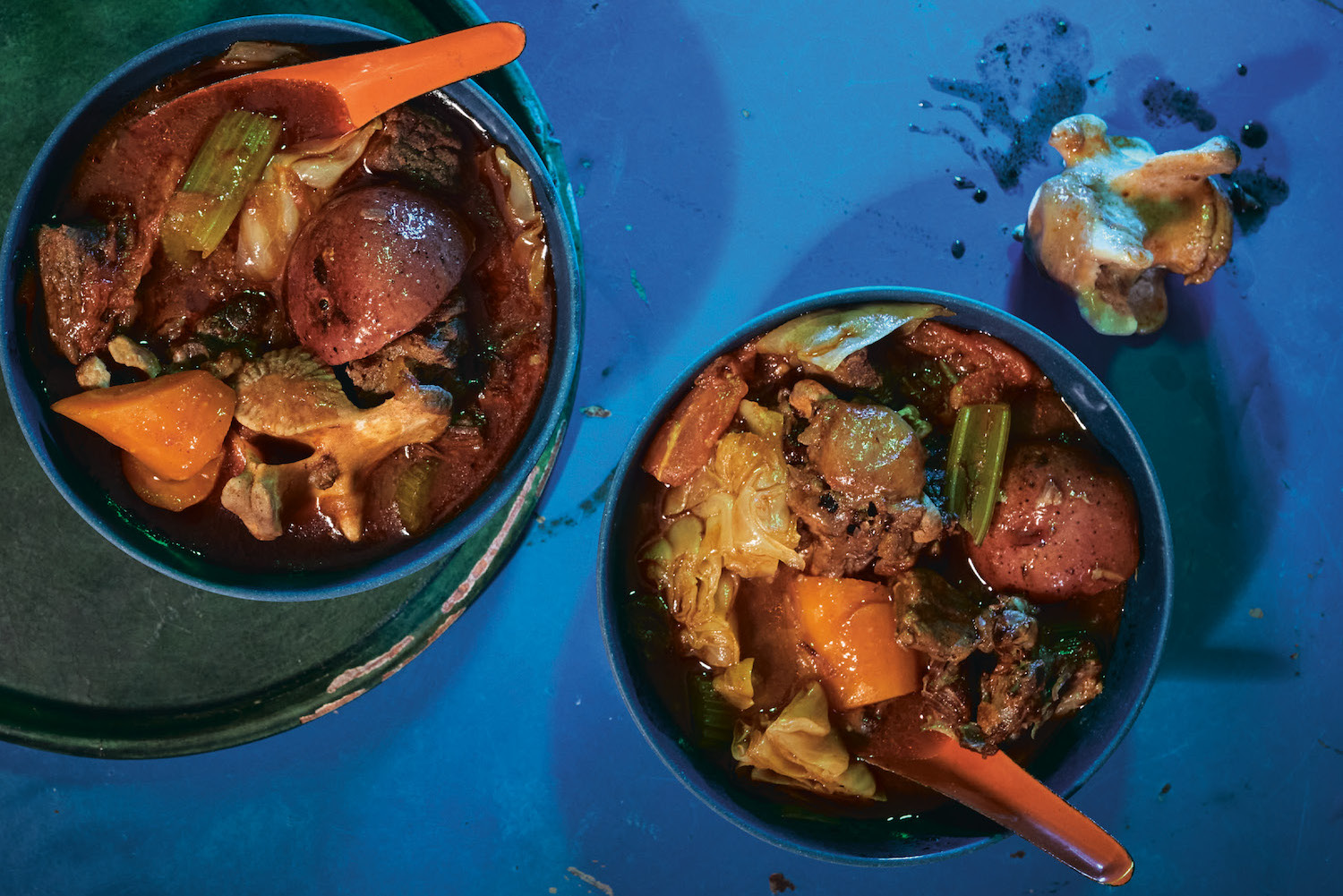
Jon Kung's Hong Kong Borscht
Prep Time: 10 minutes
Cook Time: 4 hours, 50 minutes
Total Time: 5 hours (less with cooker)
Servings: 6 to 8
Ingredients
- 3 Tbsp. neutral oil
- .5 lb. beef chuck, cut into 2-inch chunks
- 1 large white or yellow onion, halved and thinly sliced
- 3 pods star anise
- 2 lb. oxtails, sliced into 1-inch pieces by your butcher
- 1 Tbsp. cumin seeds
- 2 tsp. freshly ground black pepper, plus more for serving
- 2 tsp. ground chipotle chili
- 2 tsp. smoked paprika
- 2 tsp. garlic powder
- 3 bay leaves
- 8 cups beef broth or Superior Stock, plus extra if needed
- 3 medium red or purple potatoes, cut into 2-inch chunks
- 2 cups packed chopped red or green cabbage
- 3 plum tomatoes, roughly chopped
- 2 large carrots, sliced .5-inch thick
- 2 celery stalks, sliced .5-inch thick
- 1 (6-ounce) can tomato paste
- Kosher salt
Directions
-
-
Coat a large stockpot or Dutch oven with oil and heat over medium-high heat. Add the beef in a single layer and cook until deeply browned on all sides, about 10 minutes total.
-
Transfer to a plate and add the onion and star anise to the pot. Cook, stirring occasionally, until the onions are starting to brown, about 8 minutes.
-
Return the browned beef to the pot along with the oxtails, cumin, pepper, chipotle, paprika, garlic powder, bay leaves and broth. Raise the heat to high and bring to a boil, then reduce to low, cover and simmer for 3½ hours or place in a pressure cooker on high for 45 minutes. (I find that’s sufficient to extract most of the flavor and texture from the oxtails. Check occasionally to make sure there is enough liquid to cover the oxtails, adding more broth or water if needed.)
-
Add the potatoes, cabbage, tomatoes, carrots, celery, tomato paste and a large pinch of salt, and stir well. Cover and simmer for another hour.
-
At this point, the potatoes should be very tender and the meat should be falling apart. If the liquid is too thick, add enough water or broth to reach a hearty stew consistency. If it seems too thin, let it continue cooking, uncovered. Discard the bay leaves. Taste and season with salt and pepper before serving. Serve as a stew on its own or over rice.
-
Reprinted with permission from “Kung Food: Chinese American Recipes from a Third-Culture Kitchen” by Jon Kung © 2023. Photographs © 2023 by Johnny Miller. Published by Clarkson Potter, an imprint of Penguin Random House.
Join America's Fastest Growing Spirits Newsletter THE SPILL. Unlock all the reviews, recipes and revelry — and get 15% off award-winning La Tierra de Acre Mezcal.
